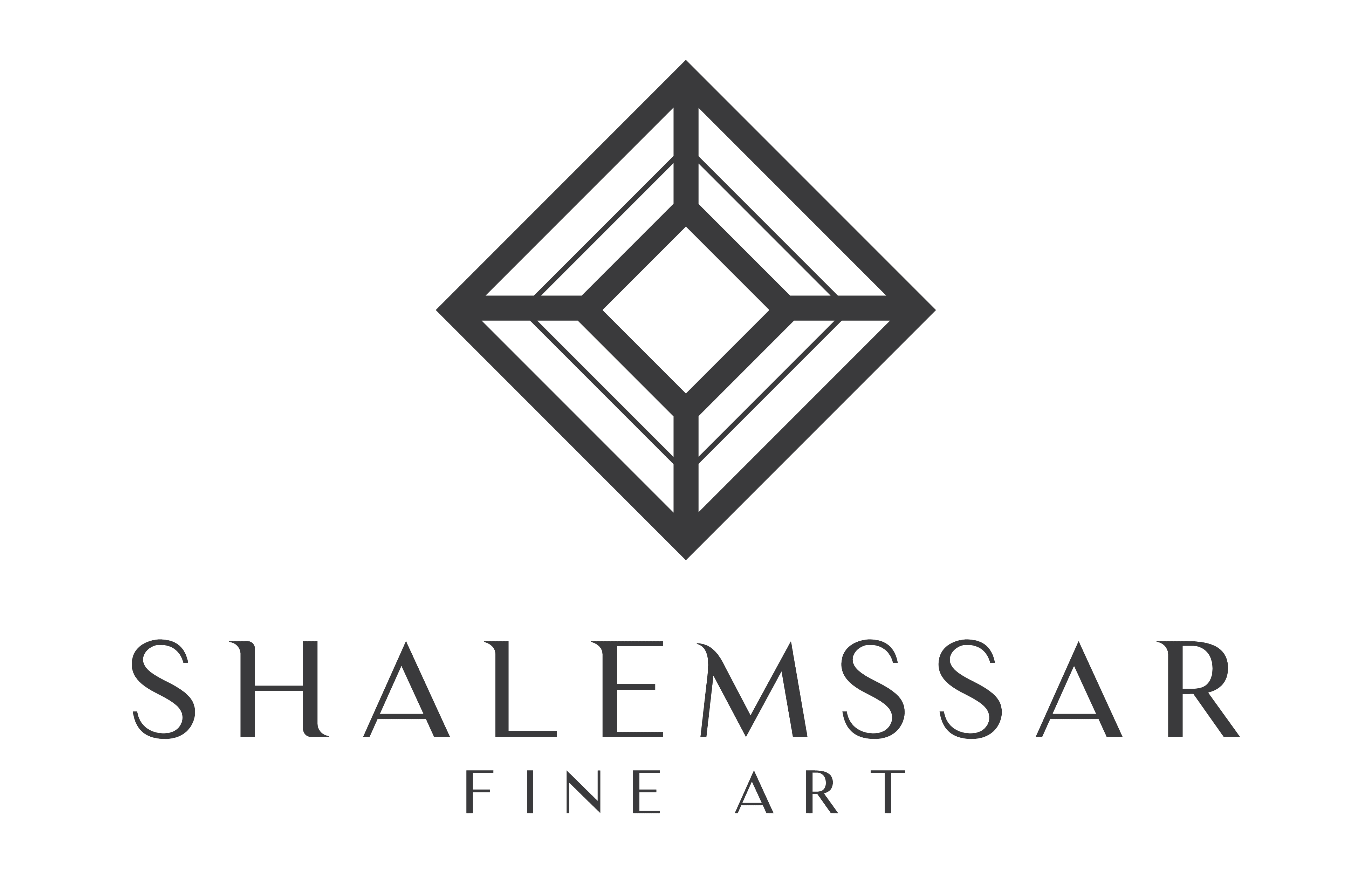
Hsiao Chin
Hsiao Chin (1935–2023). Born in Shanghai in 1935, Hsiao Chin left for Taiwan in 1949 and in 1952, studied under Li Chun-Sen, an important figure in the development of contemporary Chinese painting. A radical of the period, Hsiao was part of the Ton Fan Art Group, commonly hailed “the Eight Bandits” or the “Eight Great Outlaws” due to their opposition to the government, that resisted all forms of the avant-garde., The collective of artists were inspired by contemporary Western art, which was extraordinary in context, as preceding generations, drew almost exclusively from 19th century European painting. The Ton Fan Art Group was influenced by the history of post-war Western abstraction. Greatly inspired by nature whilst striving for spontaneity in artistic gestures balancing fullness and emptiness, these artists would quickly assimilate and above all interpret it to freely express their own identity.
From an extract of the Ton Fan Group manifesto entitled "Our Declaration" the Ton Fan Group wrote: "Our country’s conception of traditional painting is fundamentally similar to that of the modern world, even if there are slight differences in forms of expression. If we could generalise the development of modern painting in our country, then the infinite artistic treasures of China would have a new place in today’s world trends and walk down a large, forever changing road…” With this declaration, the artists of the Ton Fan Group demonstrated that the notions of traditional Chinese art and those of modern art should not be set against each other. Their new conceptions drew on the history of traditional Chinese art to as a source for innovation.
By the mid-1950’s, Hsiao had developed his very first works of abstraction and was awarded the Spanish Government Scholarship to study in Spain in 1956. Showing his work in three consecutive editions of the Spanish International Jazz Salon, Hsiao established himself amongst the highest calibre of his contempraries.
In the late 1950s, Hsiao created Pintura-AO and Pintura Q, representing a transition from geometric abstraction and marking his particular reinterpretation of the early 20th century art movement. The aforementioned paintings are exemplars of this period, with a limited primary colour palette generously applied in broad expanses to the canvas. Concurrently, Hsiao’s reconditioning of motifs and calligraphic forms from his home culture is evident and translated as closed forms, composed on a flat pictorial space. In 1959, Hsiao immigrated to Milan and matured as an avant-garde artist under the mentorship of Mazzotta and G.Marconi.
By the mid-1960’s Hsiao Chin became increasingly interested in representing the infinite. He captured the cosmos in his minimalistic works, limited in their range of colours and utilising regular forms. This is represented by Movement of Life, where the composition is dissected into two planes, with a saccharine pink space hovering above the white. Visually mediating the two forms are speckled indigo contours and circular forms, rendering the sublime with nominal devices. Drawing on spiritual symbols shared by Eastern and Western civilisations, his works visualise ideologies and seek to refine representations of beauty with pure simplicity.
Starting in 1960’s, Hsiao founded several important modern art movements in Europe, including the Movimento Punto (1961), the Surya Movement (1977), and the Shaki movement (1989). Art continues to be a journey of inner quest for him. Upon losing his only daughter to an accident in 1990, Hsiao had an epiphany, reconciling, accepting and perceiving the Taoist philosophies of “rebirth.” In his words, “life leaves us in one form, but returns in another, because life is a cycle that never dies.” Flying Beyond the Flower Garden, Energy of Life, and Concerto are Hsiao’s odes to life as he conquers the ultimate fear of death, with the gentle imprints of these pieces continuing to characterise his works which were produced after this period.
